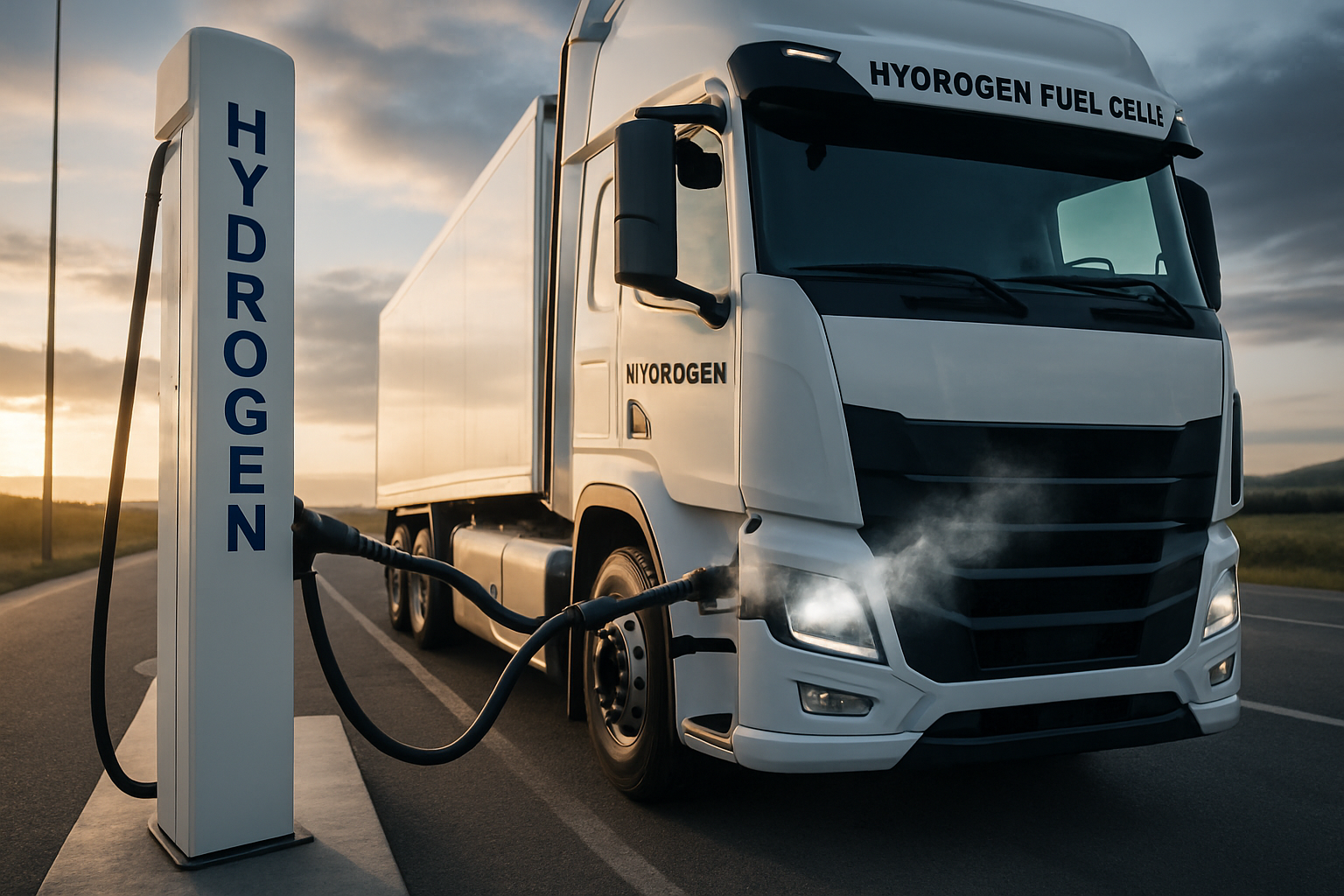Telecom Towers: The Silent Pillars of Modern Communication
In the age of instant connectivity, we often take for granted the seamless flow of information that powers our digital lives. Yet, behind every text message, phone call, and internet connection stands a network of unsung heroes: telecom towers. These towering structures form the backbone of our communication infrastructure, silently facilitating the connections that define our modern world.

As digital technology advanced, so did the complexity and capability of telecom towers. The transition from 1G to 2G networks in the 1990s saw a significant increase in tower deployment. These towers supported not only voice calls but also text messaging and basic data services. The advent of 3G and 4G technologies in the 2000s and 2010s further transformed telecom towers, enabling high-speed data transmission and supporting the smartphone revolution.
Today’s telecom towers are marvels of engineering, equipped with advanced antennas, power systems, and cooling mechanisms. They support multiple frequency bands and technologies, allowing for the coexistence of various network generations and services on a single structure.
The Anatomy of a Modern Telecom Tower
Understanding the components of a telecom tower reveals the intricacy of these structures. At its core, a tower consists of a sturdy frame, typically made of galvanized steel, designed to withstand extreme weather conditions and support heavy equipment. The height of these towers can vary significantly, from 30-foot poles in urban areas to massive 1,000-foot structures in rural locations.
Atop the tower, you’ll find an array of antennas and radio equipment. These include sector antennas for cellular networks, microwave dishes for backhaul connections, and sometimes even satellite uplinks. The arrangement and type of antennas depend on the specific needs of the network and the geographical area being served.
Power systems are another crucial component. Most towers are connected to the electrical grid but also feature backup generators and battery systems to ensure uninterrupted service during power outages. Cooling systems are equally important, as the electronic equipment generates significant heat that must be managed to prevent malfunctions.
The Hidden Complexity of Tower Siting and Design
While telecom towers may seem straightforward, their placement and design involve complex considerations. Network planners must carefully analyze population density, terrain, and existing infrastructure to determine optimal tower locations. This process, known as cell site planning, aims to maximize coverage and capacity while minimizing the number of towers needed.
Environmental impact is another critical factor. Towers must comply with local zoning laws and environmental regulations. In many cases, efforts are made to camouflage towers or integrate them into existing structures to minimize visual impact. This has led to creative solutions such as towers disguised as trees, church steeples, or even incorporated into building designs.
Structural integrity is paramount in tower design. Engineers must account for wind loads, seismic activity, and the weight of equipment. As networks evolve and new technologies are introduced, towers often need to be upgraded or reinforced to support additional equipment, adding another layer of complexity to their lifecycle management.
The Role of Telecom Towers in Disaster Response
In times of crisis, telecom towers play a crucial role in maintaining communication lifelines. During natural disasters or emergencies, these structures often become the focal points of disaster response efforts. Their ability to provide wide-area coverage makes them invaluable for coordinating rescue operations and disseminating critical information.
To enhance resilience, many telecom companies have implemented disaster preparedness measures for their tower infrastructure. This includes reinforcing structures to withstand extreme weather, implementing redundant power systems, and developing rapid deployment units that can quickly restore service in affected areas.
The importance of telecom towers in disaster scenarios has led to innovations like mobile cell sites on wheels (COWs) and flying cell sites on drones. These technologies allow for temporary expansion or restoration of network coverage in areas where permanent infrastructure has been damaged or is insufficient.
The Future of Telecom Towers
As we look to the future, telecom towers are poised for further evolution. The ongoing densification of networks to support higher data speeds and lower latency will likely result in a proliferation of smaller, more numerous cell sites. This trend is already visible in urban areas with the deployment of small cells and distributed antenna systems.
Energy efficiency is another area of focus. As the demand for data continues to grow, so does the energy consumption of telecom infrastructure. Innovations in power management, renewable energy integration, and more efficient equipment are being developed to address this challenge.
The convergence of telecommunications with other industries is also shaping the future of telecom towers. For instance, the integration of edge computing capabilities at tower sites could transform them into distributed data centers, supporting applications like autonomous vehicles and smart city infrastructure.
As we continue to push the boundaries of connectivity, telecom towers will remain the silent sentinels of our digital world, evolving and adapting to meet the ever-growing demands of modern communication. Their ongoing development and optimization will be crucial in shaping the connected landscapes of tomorrow, ensuring that our increasingly digital lives remain seamlessly interconnected.





